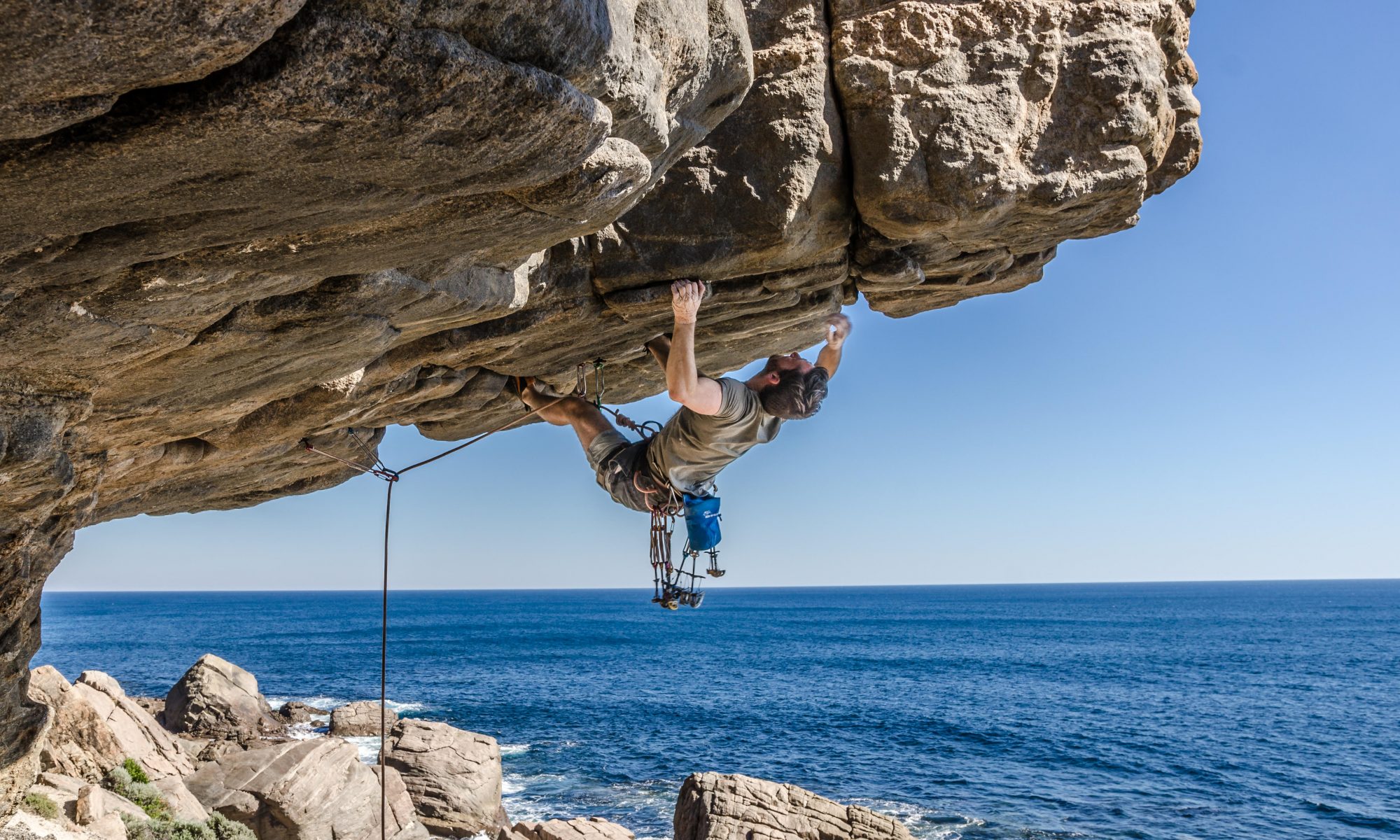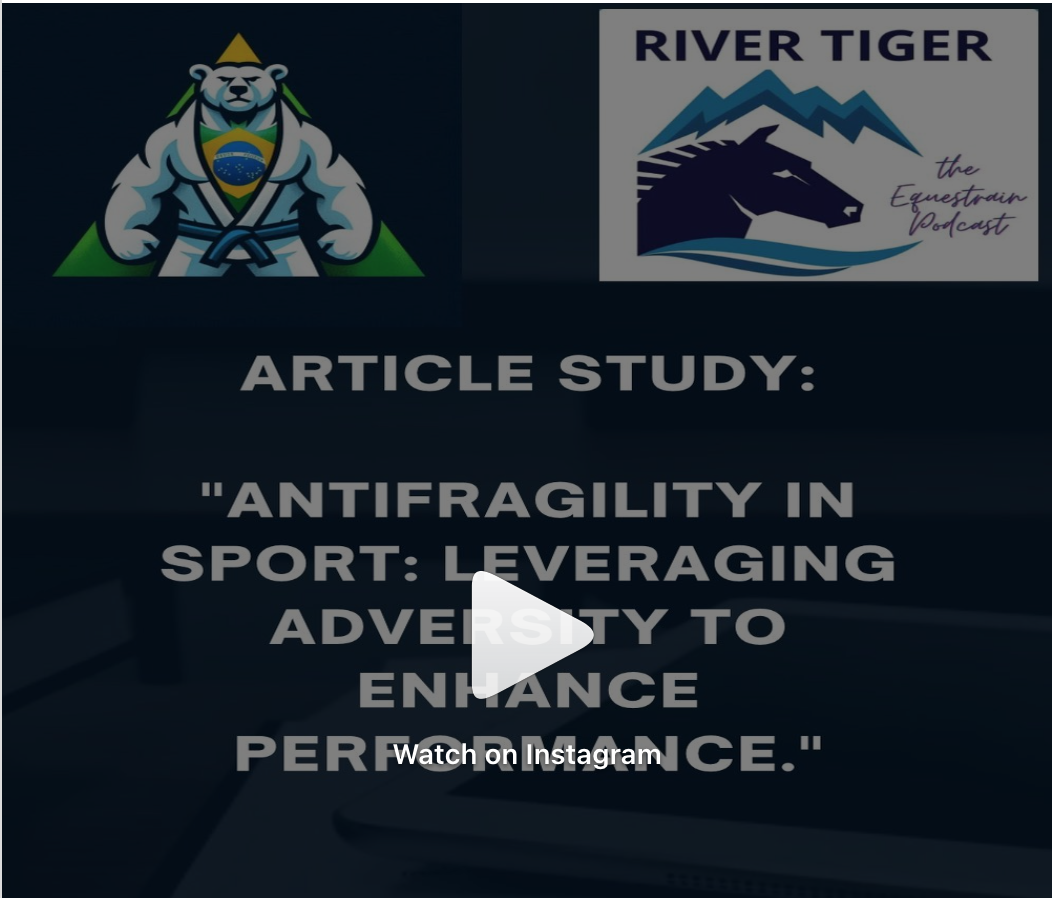In episode 31 of The River Tiger podcast, I had the privilege of engaging in a conversation with Dr. Paula Silva about embodied movement, adaptability, and the fascinating concept of anti-fragility. Paula’s expertise in biomechanics, movement, and the ecological approach to skill acquisition provides a rich framework for understanding how we can optimise human (and horse) potential and performance.
Embodied movement and the impact of normalisation
We began our discussion by addressing a common misconception in physical therapy and coaching: the notion that attempting to normalise movement patterns may be harmless. Paula emphasised that enforcing idealised movement patterns can be detrimental. By focusing exclusively on specific biomechanical norms, coaches and therapists may inadvertently restrict an individual’s capacity for adaptive and creative movements. This approach can even degrade a person’s ability to express functional movement patterns essential for their daily activities or athletic performance.
This insight stems from Paula’s journey in physical therapy, which began in Brazil. As she studied biomechanics and movement, she noticed a disconnection between what patients desired and the rigid parameters of standardised rehabilitation practices. Patients often found that the prescribed movements failed to translate into real-world functionality. The realisation that our movement capabilities are shaped by context led Paula to embrace an ecological perspective, which recognises the dynamic interplay between the individual and their environment.
The concepts of resilience and anti-fragility
A significant portion of our conversation revolved around understanding resilience and anti-fragility, particularly in relation to athletes and rehabilitation clients. Resilience, Paula explained, can be understood as an individual’s ability to maintain performance under stress or recover from perturbations. In contrast, anti-fragility refers to growth and improvement that arise from exposure to stressful conditions.
By practicing movement in varied, challenging contexts, individuals can cultivate anti-fragile responses that enhance their ability to adapt and thrive when faced with new or unforeseen challenges. Paula illustrated this concept using the analogy of training a muscle: to stimulate growth, one must expose that muscle to increased resistance and variability rather than merely focusing on perfecting the same movement repeatedly.
This distinction is crucial in athletic training, where the objective should be to establish the capacity to adapt to fluctuating environments rather than fixating solely on perfect biomechanics. The integration of variability in training allows athletes to explore a wider range of movement patterns, equipping them with the necessary skills to respond effectively to uncertain situations they may encounter in competition.
Playing with dosages and variability
The idea of dosage and optimal practice in training also emerged as an important theme in our discussion. Paula and I explored how appropriate doses of challenge, offering just enough variability to encourage exploration without overwhelming the athlete or reducing motivation, can help prevent injury and foster adaptability. As athletes practice movements with different degrees of difficulty or in unfamiliar contexts, they develop better perception-action coupling and, in turn, become more anti-fragile.
In equestrian sports, this approach could translate to training horses in diverse environments rather than relying solely on uniform, controlled conditions. Horses that have access to varied terrains and contexts may benefit from increased adaptability, leading to better performance and reduced risk of injury.
Navigating the athletic landscape: An ecological approach
As we continued our conversation, Paula reflected how, as coaches and therapists, we need to shift our focus from rigid, prescriptive methods while recognising that everyone’s body is unique. Therefore, allowing for variations in movement patterns is imperative for both skill development and personal expression.
One core tenet of this ecological understanding is the acknowledgment of the multi-faceted complexity of learning and performance environments. Paula stressed the importance of training in settings that mirror actual performance scenarios to promote effective problem-solving skills. By simulating real-life challenges and allowing athletes to practice responding to dynamic situations, coaches can facilitate the development of movement, perceptual, and decision-making skills that align with athletic demands.
Creating a culture of exploration and curiosity
Another pivotal aspect of our dialogue was the importance of creating a culture that supports exploration within coaching. Paula noted that fostering an environment where athletes feel encouraged to experiment and express movement is essential for learning and performance. Instead of enforcing strict biomechanics or perfectionist ideals, coaches should celebrate diversity in movement and support athletes in discovering their unique movement solutions.
This notion highlighted the need for vulnerability, where mistakes are embraced as a natural part of the learning process. Paula’s observations reflect the idea that adaptability and creativity thrive when individuals are encouraged to step outside of their comfort zones, ensuring that they become resilient and anti-fragile athletes in the long run.
Conclusion: Empowering athletes through adaptive movement
My conversation with Dr. Paula Silva shed light on the multifaceted nature of movement, adaptability, and anti-fragility. By understanding the significant interplay between movements and environmental contexts, coaches and therapists can create training programs that empower individuals to explore, adapt, and grow through their experiences.
This discussion underscores the importance of fostering a training culture that values curiosity and exploration. By prioritising movement variability and embracing individuality, we can unlock the full potential of athletes (human and horse), leading to performance breakthroughs and enriched experiences in the world of equestrian sports and beyond. As we continue to unravel the complexities of movement skill acquisition, we need to focus on adaptability as an essential pillar of effective coaching and athletic training.
My podcast with Dr Paula Silva
Part 1. Becoming anti-fragile: The importance of training for growth beyond resilience. A conversation with Dr Paula Silva.
https://www.buzzsprout.com/1975020/12825589
Raph Saib (ecobrazilianjiutiteiro) on Instagram made this super reel after listening to my podcast with Paula.
Discover more from Dynamics Coaching
Subscribe to get the latest posts sent to your email.

